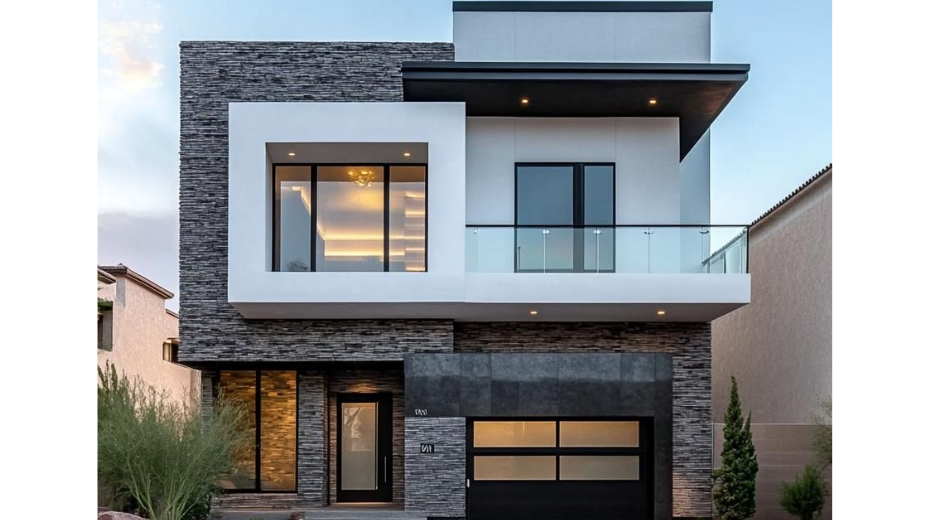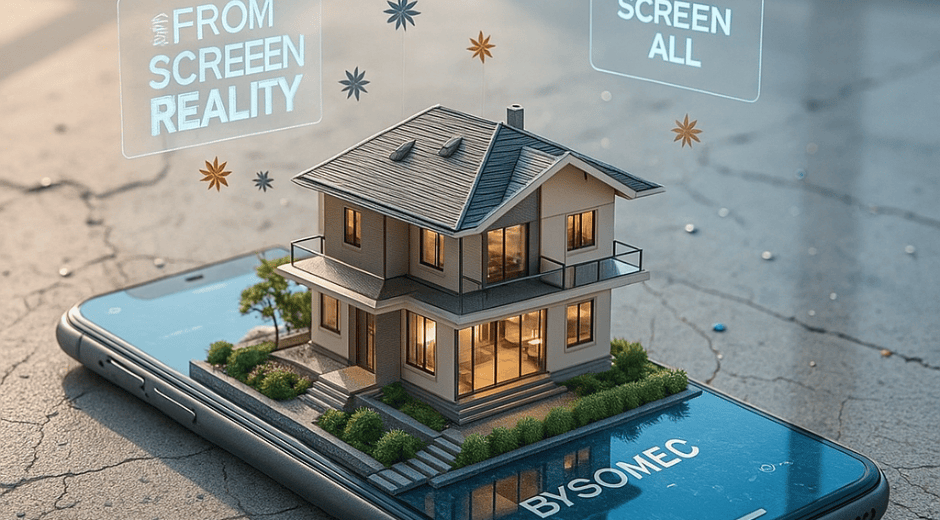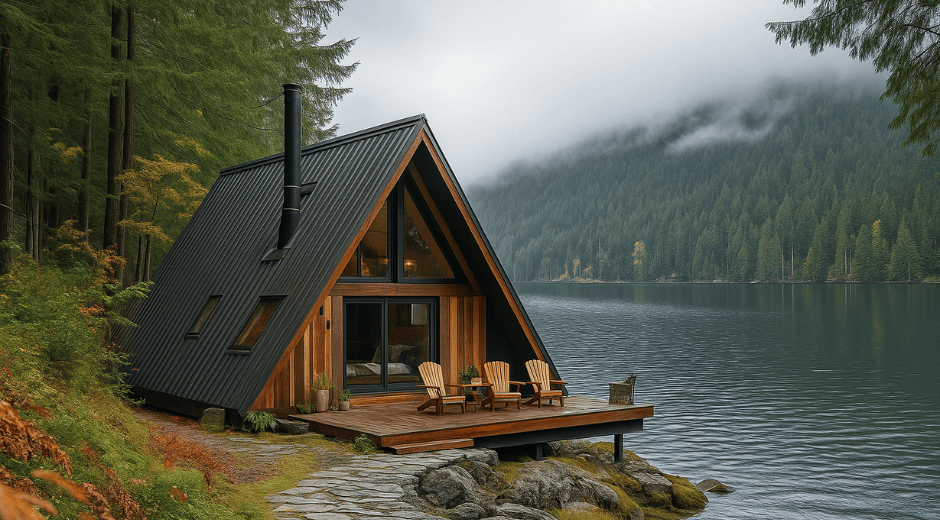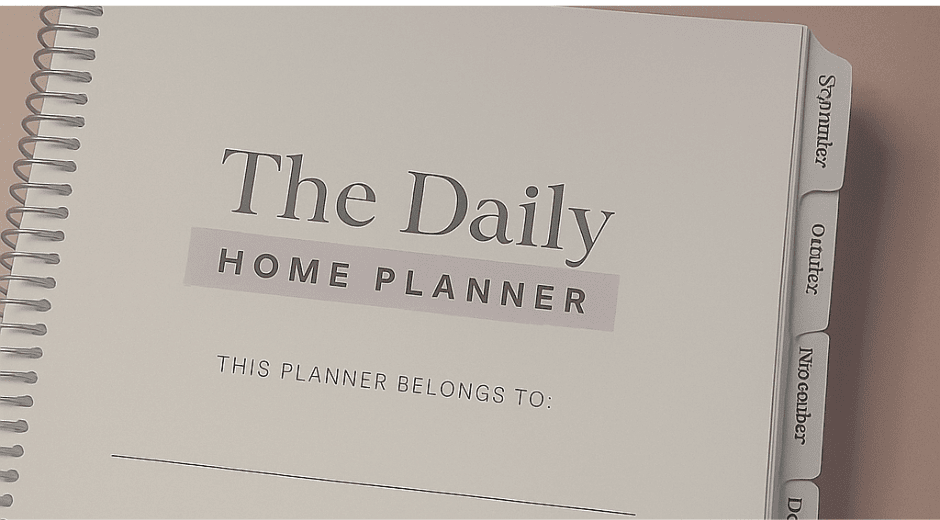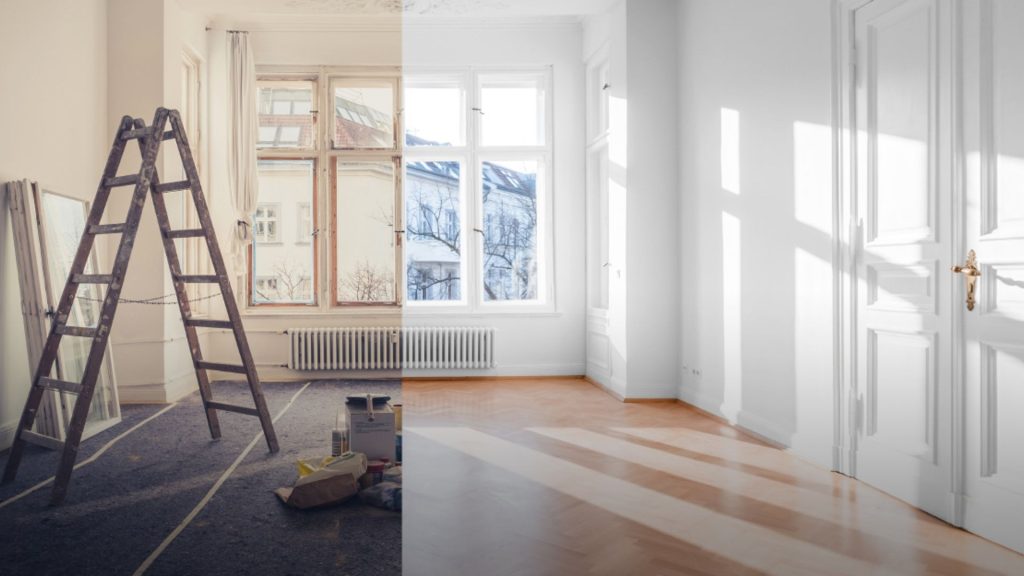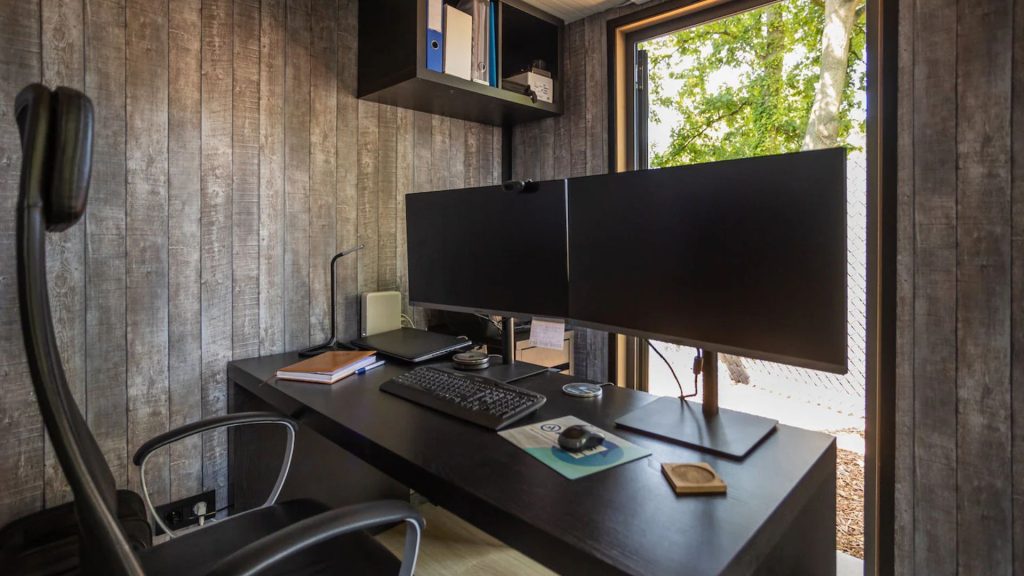9 Brilliant Design Frameworks That Turn Any House Into a Dream Home
Every house has potential—but unlocking it requires more than trendy decor. With the right **design frameworks**, you can blend aesthetics, practicality, and timeless appeal into every room. Whether you’re renovating, staging, or simply updating your space, these nine frameworks will help you make decisions that enhance value and comfort, turning ordinary into extraordinary.
1. The Function First Framework
Great homes serve their inhabitants. The Function First framework prioritizes usability above all else. Begin by considering how you move through your home—the natural flow between kitchen, living, bedrooms—and how each room is used daily. Are there bottlenecks or wasted corridors? Can storage be improved without sacrificing beauty?
Using this design frameworks approach ensures that design choices support lifestyle: kitchen layout works for cooking and entertaining, bathrooms ease morning routines, and outdoor areas are accessible and practical. It’s a foundational framework, often overlooked, but it delivers comfort and value when done right.
2. The Light & Layering Framework
Light plays a transformative role in any space. This framework teaches you to layer natural and artificial lighting to bring warmth, depth, and mood. Start by maximizing daylight—windows, skylights, reflective surfaces—and then build in ambient, task, and accent lighting.
The Light & Layering design frameworks approach also includes how to use colors and materials to reflect or absorb light. For example, light-colored walls bounce daylight, while matte textures tame glare. Layers of lighting let you adjust mood from functional (cooking, working) to relaxing or celebratory.
3. The Cohesion & Continuity Framework
Homes that feel disjointed lose perceived value. With the Cohesion & Continuity framework, you aim for visual and material consistency across spaces. Matching or complementary flooring, doors, moldings, and trim tie rooms together. Strategic repetition of finish styles or metal tones (like brass or black steel) builds harmony.
This design frameworks mindset creates a sense that nothing was an afterthought. Buyers and guests sense flow; photos look polished; the property feels well maintained. It’s often small decisions—consistent hardware, cohesive palette—that make big impressions.
4. The Sustainable & Smart Framework
More than ever, sustainability and smart home integrations are expected, not optional. This framework combines energy efficiency, environmental responsibility, and intelligent systems. Think solar panels, efficient HVAC, smart thermostats and lighting, water-saving fixtures, insulation, and materials with low environmental impact.
When you embed this framework into your home, you not only save on bills and reduce carbon footprint, but you appeal to conscious buyers. Homes built with sustainable **design frameworks** tend to stand out in listing descriptions and garner more attention.
5. The Texture & Material Palette Framework
This framework is all about surface, touch, and sensory richness. Using a curated palette of materials—woods, metals, stones, fabrics—introduces contrast and interest without chaos. Rough textures (like exposed brick or weathered wood) balanced with smooth surfaces (polished stone, glass) make spaces layered and luxurious.
Apply texture in textiles, furniture, accent walls, and smaller details like curtain hardware or cabinet facings. Material choices also affect durability and maintenance, so make sure your palette supports both beauty and longevity. This is one of the most satisfying **design frameworks** to execute because the impact is often immediate.
6. The Color Story & Accent Rhythm Framework
Color is personal, but following a deliberate Color Story & Accent Rhythm framework keeps your home cohesive and expressive. Choose a base neutral palette, a secondary tonal range, then select accent colors for pops—pillows, artwork, trims, occasional furniture—that repeat through rooms.
Rhythm in accents helps your eye travel through the house gracefully. When done according to this framework, rooms don’t feel disconnected. They feel curated. It’s another of the **design frameworks** that elevates the entire home without costly overhaul.
7. The Statement & Focal Elements Framework
Every dream home needs moments of wow. The Statement & Focal Elements framework guides you in choosing those signature pieces—an impressive fireplace, a bold staircase, an oversized piece of art, or a striking light fixture. Choose one per primary space so nothing competes for attention.
Focal features, when aligned with other frameworks like light, color, and texture, become memorable anchors that make your property photography shine and create emotional connection with visitors or buyers.
8. The Indoor‑Outdoor Connection Framework
Homes that blur the line between inside and outside feel larger, more open, and more connected with nature. This framework explores patios, large glass doors, decks, pergolas, landscaping that flows to the edges, and continuity in material between interior and exterior.
Using the same flooring or finish outside, large windows, and outdoor living zones expands perceived space. Buyers love homes that offer seamless transitions where they can step outside without feeling removed from inside design. This is one of the most impactful **design frameworks** for value.
9. The Flex & Adaptability Framework
One of the smartest frameworks is adaptability. Homes that can flex—guest rooms, home offices, multipurpose spaces—are increasingly in demand. The Flex & Adaptability framework encourages open planning, movable partitions, furniture that serves multiple roles, and rooms that can evolve over time.
A space that can become a nursery, a studio, or a remote office adds lasting value. By designing with flexibility in mind, you avoid obsolescence. This is another key **design frameworks** strategy that ensures your home remains relevant and desirable through changing trends.
How to Apply These Frameworks Together
These nine brilliant design frameworks aren’t isolated—they synergize. A focus on light enhances color and texture; indoor‑outdoor transitions support flow and function; sustainable upgrades are reinforced by material choices and adaptability. When you layer them thoughtfully, your home doesn’t just look beautiful—it performs beautifully.
Start with high‑impact frameworks like Function First, Light & Layering, and Cohesion & Continuity. Once those feel right, bring in Texture & Material benefits, Color Story, Statement elements, and adapt for indoor‑outdoor flow. Finally ensure flexibility and sustainable features round out the picture.
Practical Steps to Get Started
1. Walk through your home room by room and take notes: what works, what feels off, where there’s wasted space or weak lighting. 2. Use the list of nine **design frameworks** as your checklist, scoring each room on how it meets the criteria (function, light, color, texture, etc.). 3. Prioritize changes that are visible and impactful—paint, lighting, statement furniture—before undertaking big construction or structural work. 4. Consult expert galleries and portfolios for inspiration; sometimes seeing examples from Architectural Digest or Forbes helps you refine your personal style. 5. Finally, stage or photograph your home after applying frameworks; strong imagery can communicate value better than words alone. Visit Houzz for staging ideas and layout guidance.
Conclusion: Dream Homes Built On Smart Foundations
Using these nine brilliant **design frameworks**, any house—regardless of age or size—can become a worthy dream home. These frameworks provide structure so your decisions are thoughtful, your style is coherent, and your home’s appeal is maximized.
Ready to begin? Explore our dream‑home blueprints & resources to dive deeper into plans, visuals, and checklists that guide you step by step toward the home you’ve always wanted.
Look up the Best Guides
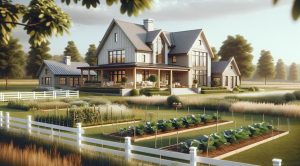
Modern Farmhouse Charm For Cozy Yet Refined Interiors
Modern Farmhouse Charm For Cozy Yet Refined Interiors
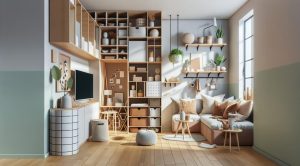
Small Space Styling Tricks For Smarter City Living
Small Space Styling Tricks For Smarter City Living
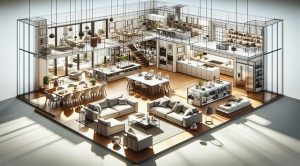
Open Plan Living Ideas To Maximize Light And Space
Open Plan Living Ideas To Maximize Light And Space
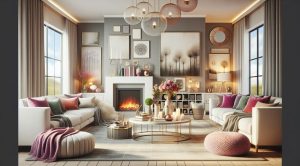
Staging Basics For Sellers Who Want Faster Offers And Better Prices
Staging Basics For Sellers Who Want Faster Offers And Better Prices
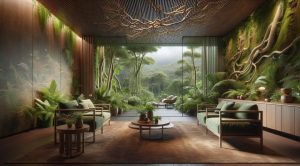
Nature Inspired Interiors Using Wood, Stone And Green Accents
Nature Inspired Interiors Using Wood, Stone And Green Accents

Hallway Gallery Wall Inspiration For Long Narrow Corridors
Hallway Gallery Wall Inspiration For Long Narrow Corridors






